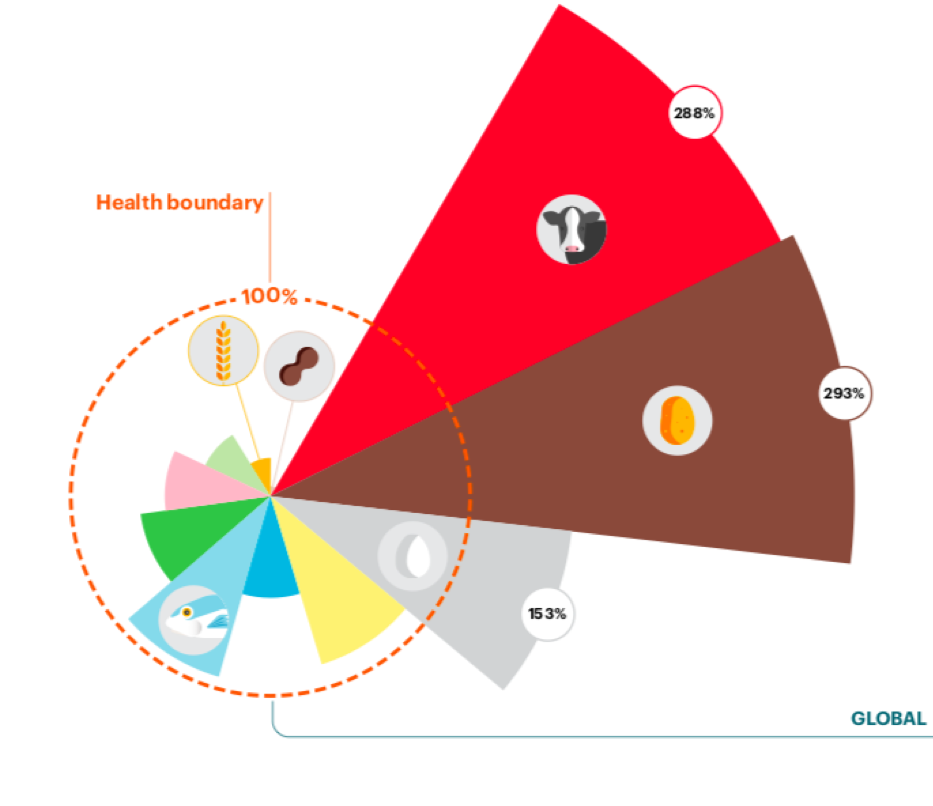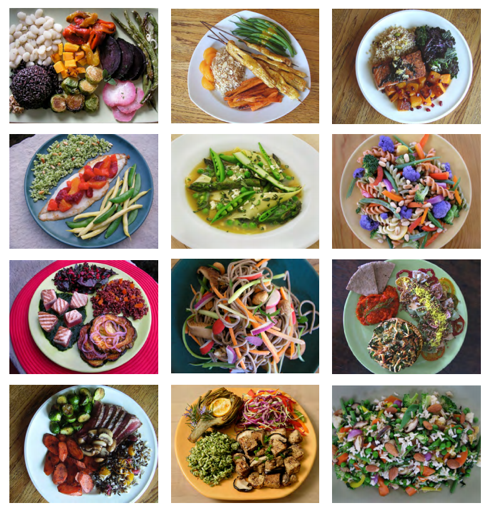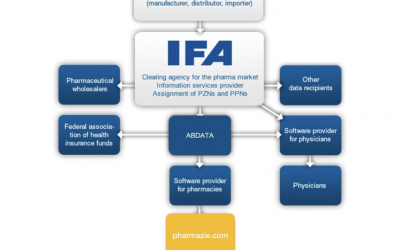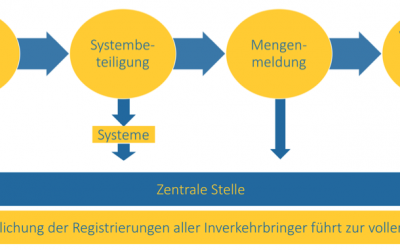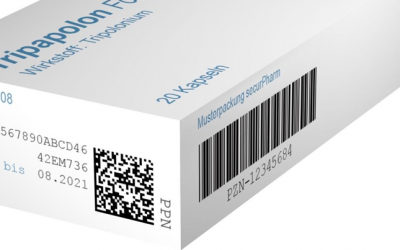The Planetary Health Diet
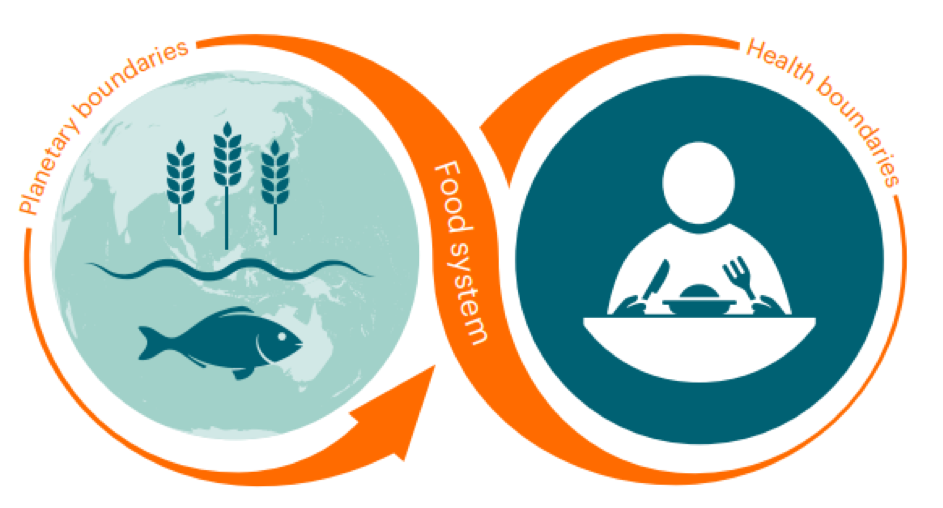
37 scientists from 16 countries have gazed into the future, and it will not work without our help! You can read in this article how exactly this diet and the rescue of the planet will work. Today we are confronted with an ever-increasing global environmental burden and climate change. At the same time we are eating increasingly unhealthy food and endangering our wellbeing. If we continue to eat this way and burden the planet, it will not be possible to feed the entire world population. A drastic development – with the Planetary Health Diet these three problems can be solved in the long run.
Because:
– it supports human health.
– It ensures that the entire population gets enough.
– at the same time, it protects the planet and ensures sustainable food production and consumption.
Climate change and an ever-growing world population
The food industry is responsible for about 19-29 percent of all global greenhouse emissions. This makes it one of the most important sources of greenhouse gas emissions and contributes significantly to climate change. Biological diversity is also threatened by the food industry. Around 70 percent of the freshwater is used to make today’s diet possible. How food is produced and how we consume it affects not only our health, but also our planet and the available resources. Providing a growing world population with a healthy diet from sustainable food production is an enormous challenge.
It was precisely this challenge that brought 37 scientists from 16 countries together to develop a food plan. The EAT-Lancet Commission consisted of experts from various disciplines, including:
– agriculture
– climate change
– health
– political science
– nutrition science
In addition to the scientific magazine Lancet, the independent research institute Stockholm Resilience Centre and the Norwegian NGO EAT are involved in the project. The consultations to save the planet lasted two years. The result is the Planetary Health Diet published in early 2019 – the ideal form of nutrition for the entire world population.
The diet takes into account the limits of the planet’s resources and contributes to achieving both the UN Sustainable Development Goals and the goals set out in the Paris Climate Convention. At the same time, human health also serves as a measure, as the diet can help prevent diseases such as heart attacks and diabetes.
If we stick to the diet, we can counteract climate change, prevent about 11 million premature deaths and ensure that the entire population has enough food – the diet that saves the world. To achieve the goals, two specific points in the food system need to be changed:
– The consumption – in the form of a healthy diet
– The production – in the form of sustainable food production
A diet in line with human health
In order to successfully implement the Planetary Health Diet, the consumption of fruit, vegetables, legumes and nuts would have to be roughly doubled. The graph shows: The average consumption of beef and starchy vegetables such as potatoes is well above the limit of a healthy diet, the Health boundary. In both cases, consumption would have to be reduced by about two thirds in order to comply with the dietary plan of the Planetary Health Diet. If everyone adheres to these guidelines and the changeover is successful, around 20 percent of deaths worldwide could be avoided every year. Heart attacks, diabetes and other disease patterns are often the result of unhealthy diets. Planetary Health Diet is designed to improve people’s health.
What will the diet of the future look like?
This would be the worldwide daily diet of the future (with a consumption of 2500 kcal per day):
– 232g whole grain (dry weight) such as rice, wheat, maize or other whole grain products
– 50g potatoes or manioc
– 300g vegetables, of which 100g dark green, 100g red/orange and 100g other vegetables
– 200g fruit
– 250g milk and milk products of whole milk including cheese
– 7g beef or lamb
– 7g pork meat
– 29g chicken or poultry meat
– 13g eggs
– 28g fish
– 100g (dry weight) pulses of which variable 50g Beans, lentils or peas, 25g soy products, 25g peanuts
– 25g nuts
– 0-8g palm oil
– 40g (or 20-80g) unsaturated oils
– 0g milk fat (is sufficiently contained in the milk products)
– 0-5g lard or tallow
– 31g additional sugar (all sugars)
Nutrition in line with environmental responsibility
But a change in diet alone is not enough. The conditions of food production must also be improved and the amount of food waste reduced. This is because, in addition to coal and oil production and emissions from transport, it is above all the agricultural sector that causes lasting damage to the climate and requires excessive consumption of resources.
Our food supply depends on a total of six central factors:
– water
– country
– biodiversity
– climate
– nitrogen
– phosphor
In order to protect our environment and implement the Planetary Health Diet, limits have been defined for each of these factors within which food production should operate in the future. This ensures that our food is produced within the planetary boundaries. The Planetary Health Diet combines the human health boundaries with the planetary boundaries. The result: a nutrition system in balance with humans and nature.
Only with a worldwide change of diet will this nutritional system actually become possible. Planetary Health Diet provides the universal reference framework for a healthy and environmentally compatible diet. With lots of vegetables, lots of nuts and little meat this should succeed.
The diet of the future: what and how much can I eat?
The Planetary Health Diet provides for a strict, daily quantity target for the various foods. A total of 2,500 kilocalories can be consumed. The recommended diet consists of lots of fruit and vegetables, wholemeal products, nuts and legumes. Fish, poultry and seafood should only be served in moderate quantities. High starch vegetables, red meat, dairy products and sugar are only intended in small quantities.
And this is how the Planetary Health Diet looks like in numbers:
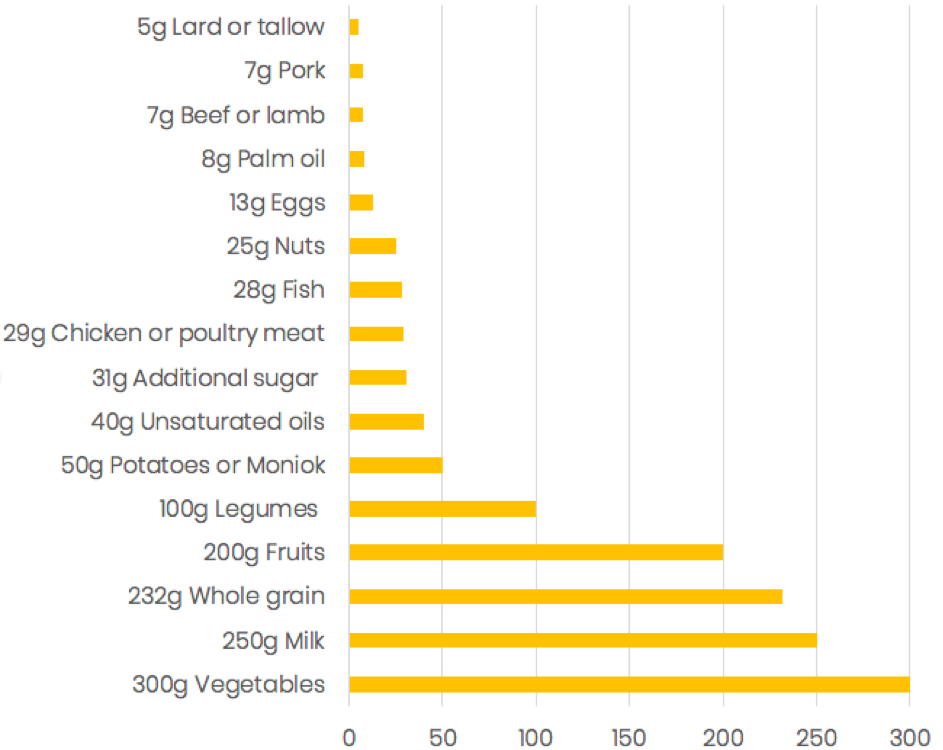
But how much is 7g pork, for example? Or 13g egg? A typical rump steak can weigh between 200g -400g depending on the size. Seen in this light, you could eat a steak about once a month. Every four days, an egg of class M. A fish fillet once a week. Every day about four slices of cheese and a small cup of yoghurt. But a lot of fruit, vegetables, legumes and wholemeal products. Sounds strict, but possible.
Here you can find out what meals could look like in real life using the Planetary Health Diet. Lots of vegetables, varied dishes and colourful plates!
Five strategies for global nutrition change
How exactly should the Planetary Health Diet be implemented? The scientists have developed a total of five strategies that can be put into practice immediately so that the change in diet and production can actually be implemented. These strategies offer a universal framework for action for all nations and human beings on earth. To ensure that by 2050 about 10 billion people can actually be fed healthily and the planet is saved, a wide range of players must make their contribution. Politics, the economy, agriculture and every single consumer. Each of us must implement concrete measures to make change possible.
1. The first strategy is to promote a healthier diet through politics.
2. In addition, the second strategy aims to increase quality and diversity rather than quantity in agriculture.
3. There must also be sustainable investment in agriculture.
4. Stricter requirements for the use of land and sea must also be pursued strategically in order to guarantee a sustainable food supply.
5. Food waste must be halved overall.
If all actors adhere to the targets and make their contribution to fulfilling the new nutrition system, the Planetary Health Diet, in short, can lead to the following:
1. reduce greenhouse gas emissions
2. the resource water is conserved
3. biodiversity is protected
4. preventing unnecessary expansion of arable land
5. more people can be supplied with food
6. improving general health and well-being
7. prevent premature deaths
But we should not rest on the five major strategies that are in the hands of politics. The responsibility lies with all of us. Every small change counts. Every consumer can ensure in his own everyday life that we have a healthier diet in the long term AND that the planet is rescued. How is that supposed to work? It starts with small steps. For example, by making sure that we buy our food from local suppliers. After all, transporting an avocado from Chile to Germany causes emissions on its way. Why don’t we just try a trip to the weekly market or the local farmer instead and buy seasonal products? This is how we save our health, our planet and, on top of that, the local economy. A win-win situation from which we all benefit.
In our DACON nutritional tips database on pharmazie.com you will find 122 nutritional tips for diseases such as high blood pressure, diabetes or lactose intolerance. What is the Stone Age diet and the anti-infection diet? How do household remedies such as grated apple and carrot soup help with diarrhoea?
The results of the Planetary Health Diet were published in the journal The Lancet. You can view the full report here.
Related Articles
IFA Pharmaceuticals and their way into pharmaceutical databases
IFA Pharmaceuticals and their way into pharmaceutical databasesHow does the IFA medicines information get from the ABDA article master to pharmaceutical databases like pharmazie.com? This question is answered in the following article. You will learn who the IFA is,...
The new packaging law 2019 – who is affected?
The new Falsified Medicines Directive 2019 – which medicines are affected?
The new Falsified Medicines Directive 2019 - which medicines are affected? As of 9. February 2019, the Falsified Medicines Directive (2011/62/EU), which was adopted in 2011, has officially come into force. What does this mean for the affected players such as...

